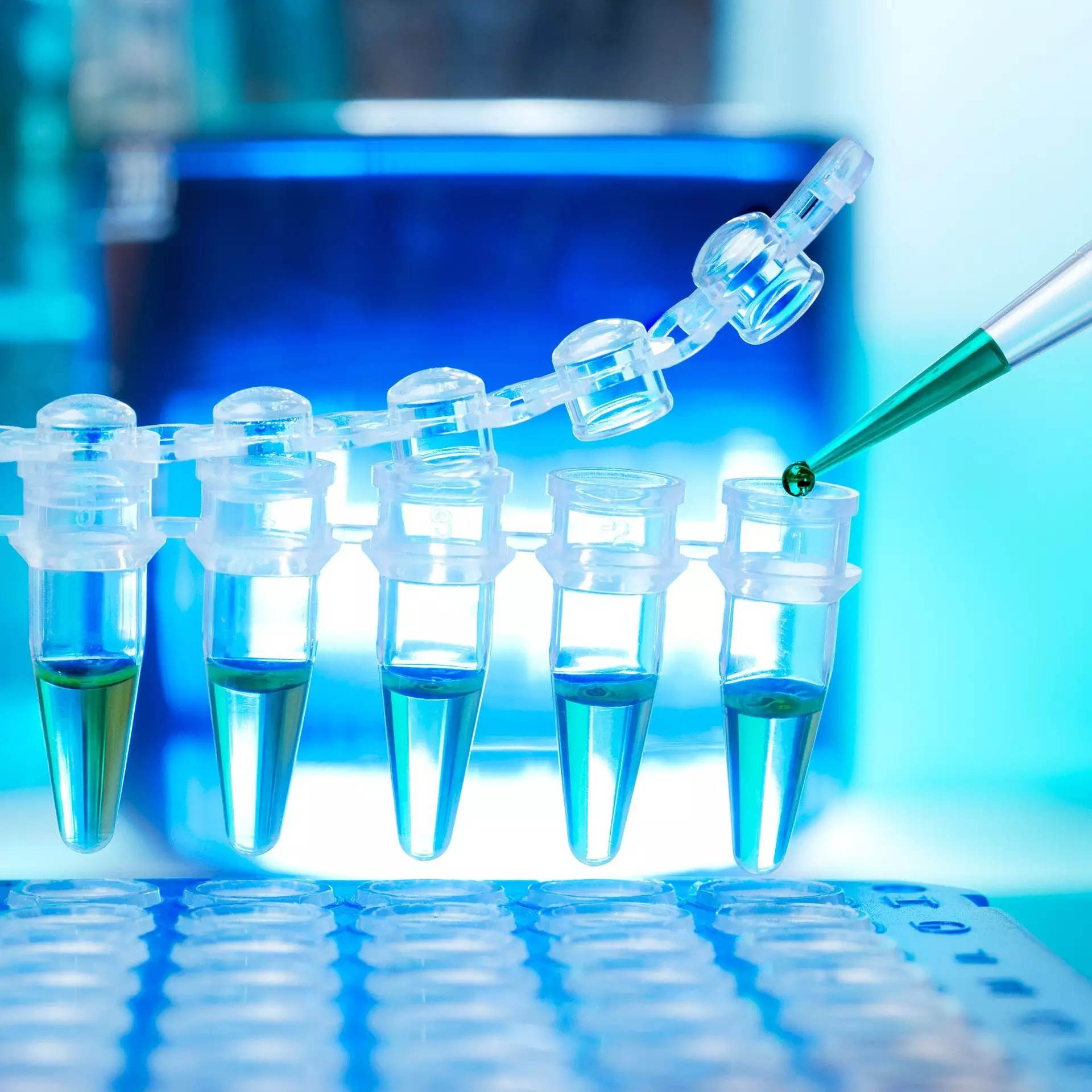In the pharmaceutical industry, the process of developing effective drugs has always been a time-consuming and costly endeavor. Traditional methods involved the use of alkyl building blocks to assemble drugs, but the complexity of combining different compounds often posed challenges. However, a recent breakthrough in chemical reactions has paved the way for a new approach to drug development.
A team of chemists has reported the discovery of stable nickel complexes, which have the potential to revolutionize the creation of pharmaceuticals. These compounds, containing a nickel atom, can be easily made from classic chemical building blocks and are highly isolatable. By utilizing nickel complexes as temporary caps, scientists can now blend them with other building blocks to create new chemical spaces, opening up a world of possibilities for drug development.
Accelerating Drug Development Process
The traditional process of bringing a drug to market can take up to a decade, with researchers often facing numerous failed drug candidates along the way. The introduction of the new tool developed by Sevov’s team promises to streamline this process significantly. By enabling researchers to create multiple drug derivatives in a fraction of the time it would normally take, the tool has the potential to reduce research costs, improve drug efficacy, and minimize the risk of side effects for patients.
The Impact on Pharmaceutical Companies
Collaboration with pharmaceutical companies has already begun, with companies eager to explore the capabilities of the new tool. By fine-tuning the structure and performance of drug molecules, researchers hope to optimize drug development and target diseases that affect smaller groups of patients. The tool’s ability to accelerate the creation of derivatives offers pharmaceutical companies a competitive edge in the industry, allowing them to bring new and improved drugs to market faster than ever before.
Advancing Basic Chemistry Research
Beyond its impact on drug development, the tool also opens doors for fundamental research in chemistry. Scientists now have the opportunity to study the intricate bonds that form the basis of chemical reactions, gaining insights into the mechanisms behind complex reactions. This knowledge could lead to further breakthroughs in the field of chemistry, paving the way for new discoveries and innovations.
Looking ahead, Sevov and his team are focused on enhancing the efficiency of their tool by developing it into a catalytic process. By turning their chemical reaction into a catalytic method, scientists aim to accelerate a wide range of chemical reactions, providing an energy-saving and cost-effective solution for drug development. The ultimate goal is to continue refining the tool to make drug development more efficient and accessible to researchers worldwide.
The invention of the revolutionary tool capable of unlocking new organic chemical reactions marks a significant milestone in the field of drug development. By leveraging stable nickel complexes and innovative chemical reactions, researchers are now able to accelerate the creation of novel drug molecules, reduce research costs, and improve the overall efficacy of drugs. With ongoing collaborations with pharmaceutical companies and a focus on advancing basic chemistry research, the future of drug development looks brighter than ever before.


Leave a Reply